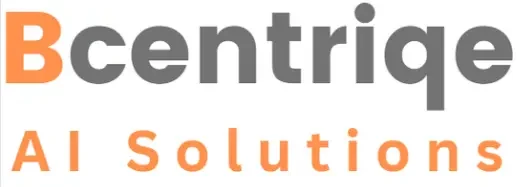In today’s constantly changing and competitive business environment, consumers are seeking more personalized care and services for any engagement prior to committing to any transaction. Relationships begin with humble greetings and a smile, progresses to a natural conversation and eventually evolves to understanding the needs and behavior in the process.
User engagement involves a mixture of quantitative and qualitative analysis. Quantitative analysis offers useful patterns and is generally more scalable and easier to conduct. User engagement also involves contextual study and ethnography. These provide information about the people, what their routines are in daily life and what their needs are for which they have visited the electronic website, physical store or workplace.
Customer services have been widely used and misused and now businesses need to re-evaluate the paradigm shift of customers’ needs and expectations. With recent technology and tools, we can easily build and deploy virtual web stores to deliver consumers near real-time, personalized user experiences.
Personalization implies that the content and experience are changed for each user based on implicit data, such as items previously purchased or pages recently viewed. On an intranet or B2E enterprise Web portal, personalization is often based on user attributes such as department, functional area or role.
I was amused to get hyper personalization and care during my recent experience in online commerce transaction for my menswear outfits design and delivery to the US from India by one of the leading Menswear designer. All the fabrics, designs, and tailoring were customized to the level of online measurement, and finally fit to finish with trial sample. There was regular engagement all all steps and attention to the details were offered by all staff members including the Chairman and CEO of the large retailer.
There are three categories of personalization: a) profile / group based ; b) behavior based; and c) collaboration based. Web personalization models include rules-based filtering, based on “if this, then that” rules processing, and collaborative filtering, which serves relevant material to customers by combining their own personal preferences with the preferences of like-minded others. Collaborative filtering works well for books, music, video, etc.
There are three broad methods of personalization: a) implicit; b) explicit; and c) hybrid. With implicit personalization, the personalization is performed by the web page based on the different categories mentioned above. With explicit personalization, the web page is changed by the user using the features provided by the system. Hybrid personalization combines both two approaches to leverage the best of both worlds.
Personalization is also being considered for use in less overtly commercial applications to improve the user experience online. Have you taken a look at your web site recently and thought about if you’re delivering a personalized experience to your users?
Bcentriqe ProfitEdge offers AI based frameworks and tools to maximize Revenue and optimize cost with hyper personalization to improve profitability.
Alakh Verma, CEO, Bcentriqe.AI

















